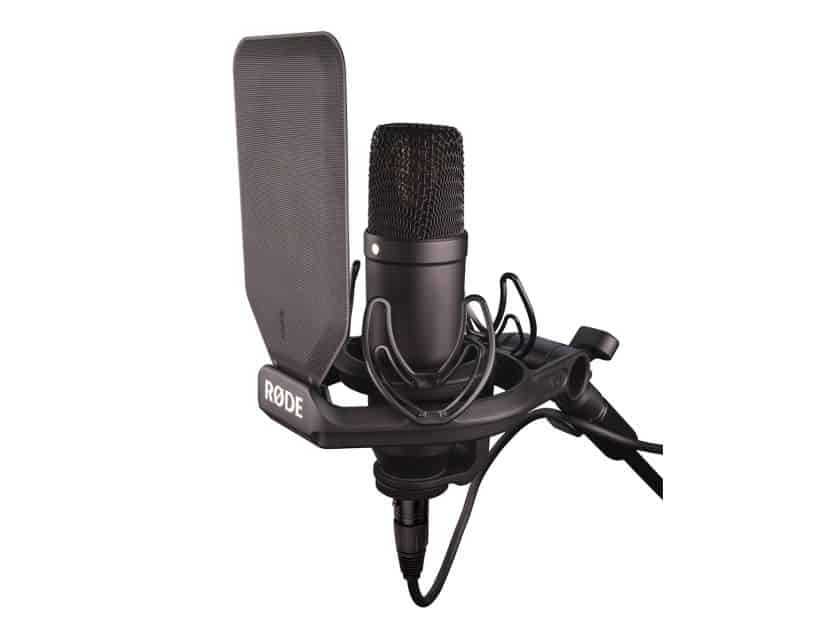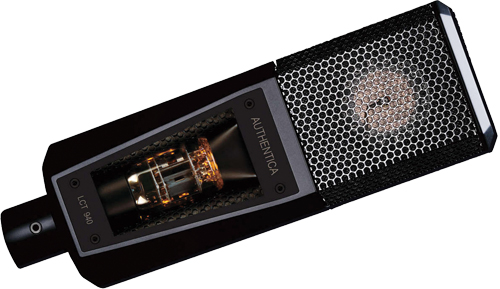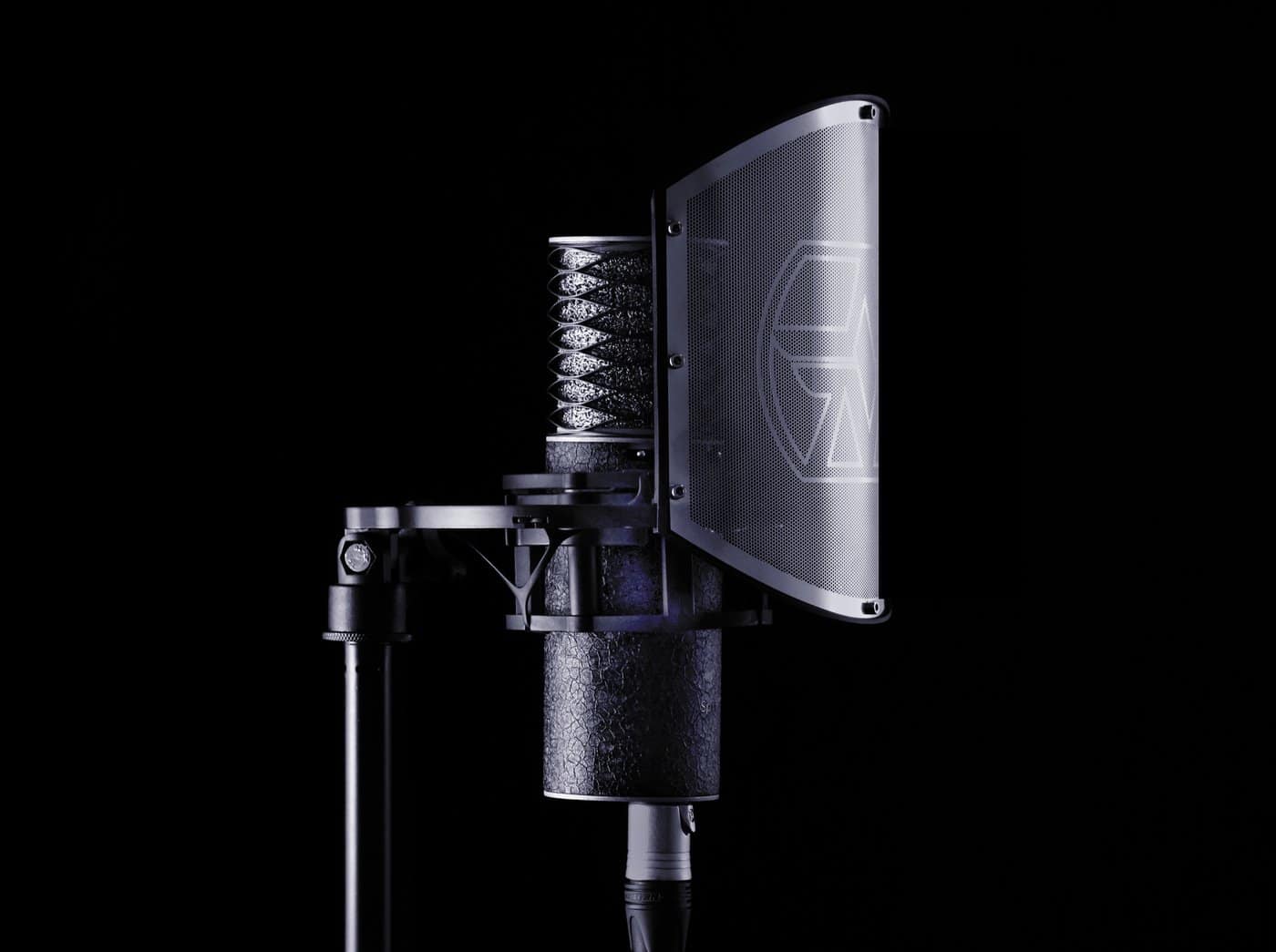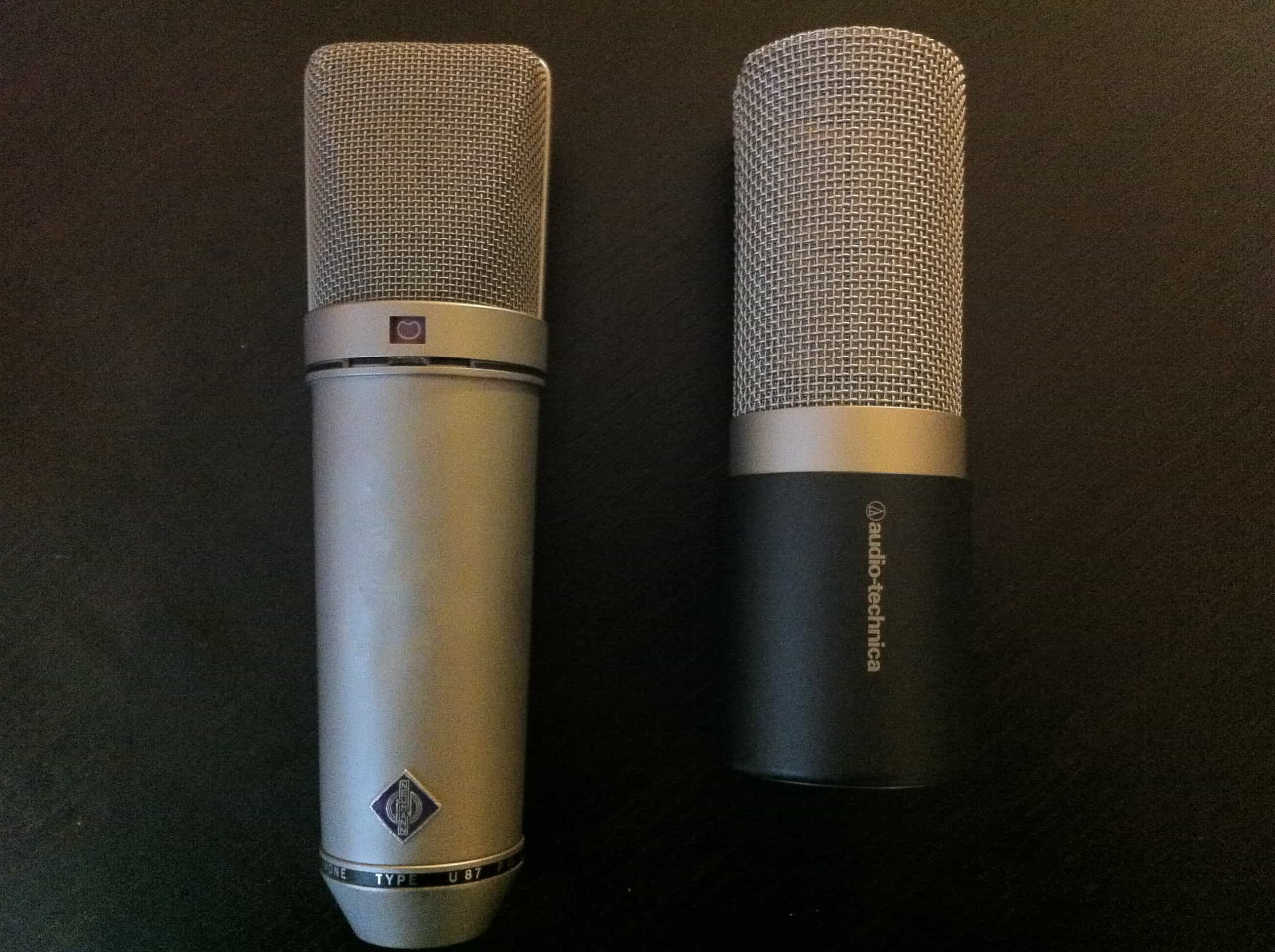Microphones are simply incredible as they help us speak, sing, record while amplifying our performances in ways we absolutely appreciate. If you’re not aware, the best audio quality you can get will come from condenser microphones since they are the most transparent and sensitive options around. If you wish to up your audio game right now, see 5 best condenser mics to buy:
1. Rode NT1:

This has to be the quietest option available when it comes to condenser microphones. It is good looking and it possesses a sleek design, however, the minimalist form factor doesn’t come with switches for a bass roll-off or pad.
Must Read: 5 Best 3.5mm Microphones To Buy
Vocals are sharp and detailed with this mic, and the result is always amazing when users record acoustic guitars and hand-held percussion with it. However, the lack of pad makes it unsuitable for loud drums and guitar cabs.
2. Lewitt LCT 940:

This mic offers a decent-sized combined PSU and the remote-control unit, and you simply have to turn the left-hand dial to select between FET and tube circuitry, or any combination of the two.
Its pad settings range from -6dB to a substantial -18dB, helping this microphone to pick up super-loud sounds. It also comes with a low-cut filter that operates from 40Hz right up to 300Hz, which means way down to the lower mid-range.
3. Aston Microphones Spirit:

This mic possesses 3 switchable patterns on tap, including cardioid, omni and figure-8. It comes with a pad with selectable -10dB and -20dB attenuation, in addition to an 80Hz low-cut filter.
Must Read: 5 Best Podcasting Microphones
It works really well with vocals and acoustic guitar, and its proximity effect response is well-tamed, therefore close-miking vocals won’t be a problem. It is also super affordable and it delivers massive value for money.
4. Neumann TLM 103:

This one comes with a capsule design, however, rather than providing 3 polar patterns, this microphone is a fixed cardioid.
It delivers a slightly wider presence boost for frequencies above 5kHz, and despite lacking pad, filter and switchable patterns, its talents are not restricted to vocals alone. Owners can also use it with acoustic guitars, drum overheads, piano, classical strings and so on.
5. Audio-Technica AT5040:

As you already know, large-diaphragm microphones benefit from higher sensitivity and lower noise, but it restricts high-frequency response in the process.
To correct this, Audio-Technica AT5040 is built as a four-part rectangular grid that delivers more than twice the surface area of a regular one-inch diaphragm.
Must Read: 5 Best Mac-Compatible Microphone For Streaming
Basically, all four parts are combined, and the microphone is super open and detailed while working superbly with your voice.
wrapping up:
There you have it – a comprehensive list of 5 of the best condenser mics to buy. Feel free to drop your own recommendations in the comment section below.
More Information On Gadgets:
A gadget is a small tool such as a machine that has a particular function, but is often thought of as a novelty. Gadgets are sometimes referred to as gizmos.
In the software industry, “Gadget” refers to computer programs that provide services without needing an independent application to be launched for each one, but instead run in an environment that manages multiple gadgets.
There are several implementations based on existing software development techniques, like JavaScript, form input, and various image formats.
The earliest documented use of the term gadget in context of software engineering was in 1985 by the developers of AmigaOS, the operating system of the Amiga computers (intuition.library and also later gadtools.library).
It denotes what other technological traditions call GUI widget—a control element in graphical user interface. This naming convention remains in continuing use (as of 2008) since then.
It is not known whether other software companies are explicitly drawing on that inspiration when featuring the word in names of their technologies or simply referring to the generic meaning. The word widget is older in this context.
In the movie “Back to School” from 1986 by Alan Metter, there is a scene where an economics professor Dr. Barbay, wants to start for educational purposes a fictional company that produces “widgets: It’s a fictional product.”



